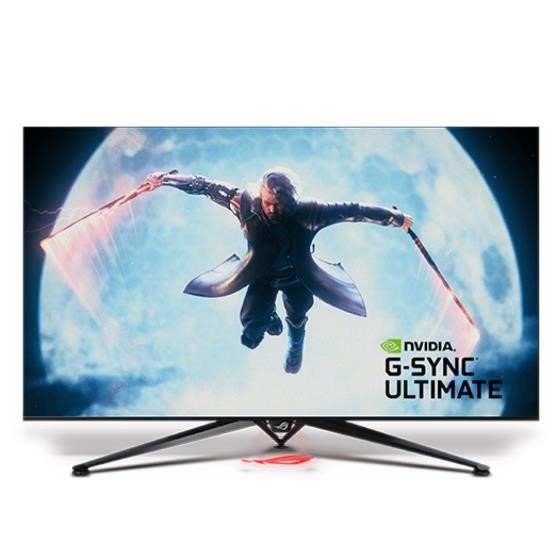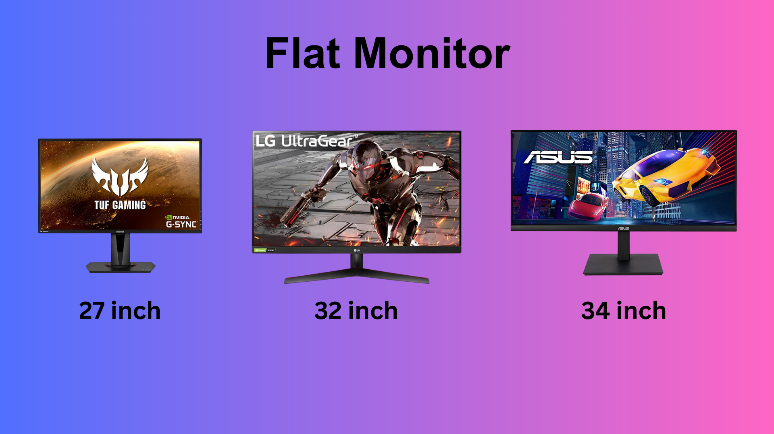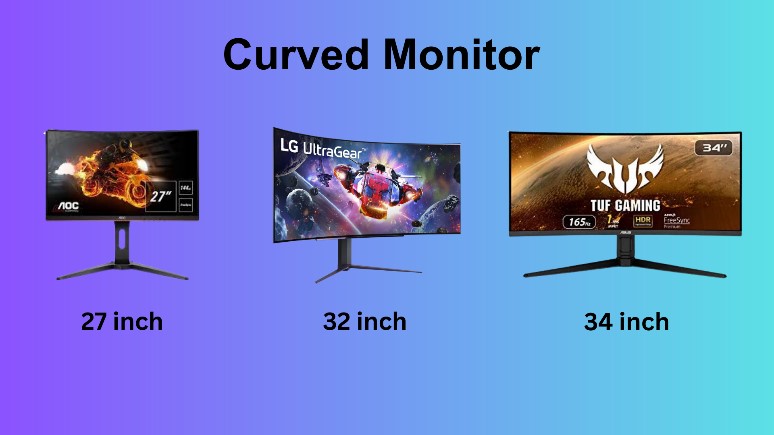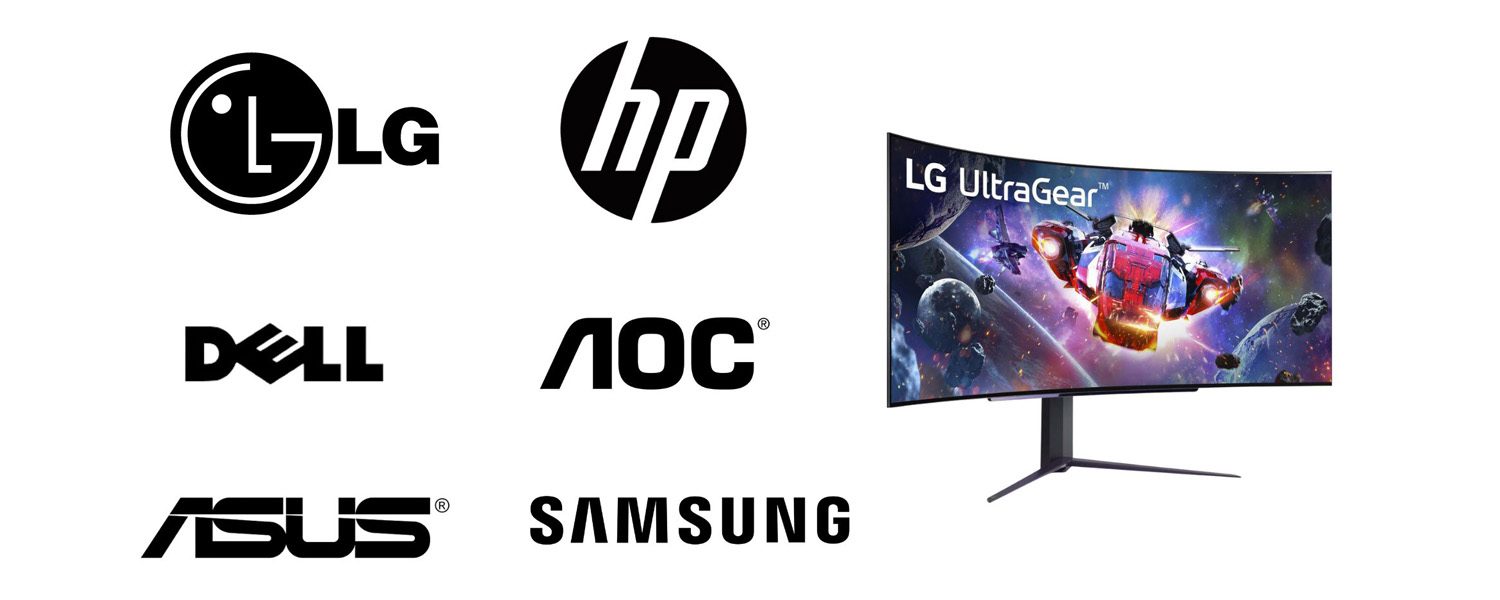
The time has come to buy a new gaming monitor for your PC and consoles. There’s a whole bunch of things to take into account. Resolution, screen size, refresh rate, response time, panel type, curved or flat…we could go on. So, we’ve decided to try and help by compiling a quick but definitive guide to give you a clearer idea of what’s out there in the realm of gaming monitors. We’re confident this will help you find a good display for your gaming needs, be you a professional competitive multiplayer gamer bent on the fastest frame rates or a single player campaign fan that loves immersing in every pixel.
The most fundamental aspect of a monitor, and likely the most important because it affects nearly every facet of the display other than sound, maybe. There are three main varieties of LCD monitors in use, with different characteristics. However, all of them have merit and the differences may not necessarily be night and day.
TN (twisted nematic): still the fastest panel type, so if you see a 360Hz monitor, it’s almost certainly TN. For the highest refresh rates and quickest response times, TN panels do not disappoint. On the downside, they still suffer from the narrowest viewing angles and least appealing color reproduction. Black levels and contrast are OK, though.
VA (vertical alignment): great all-rounders. Excellent contrast, respectable response time, good colors, and better viewing angles than TN. VA panels are somewhere in the middle and that’s why they’re so popular, particularly for bigger monitors and TVs. They have a slight tendency to suffer from ghosting, but improved technology has largely banished this flaw. Not as fast as TNs but definitely close.
IPS (in-plane switching): considered the most competent in terms of color performance and viewing angles. Response times and refresh rates are similar to VA, so slower than TN but still OK for most needs. The biggest advantage of IPS technology is color presentation, which is by far superior to the other two varieties of LCD, although IPS has a reputation for less than great contrast and black levels
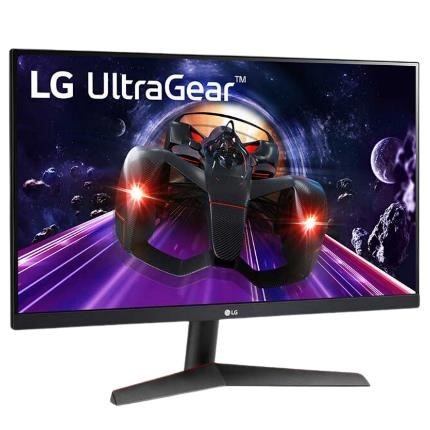
While monitors in general range in size from 22” to over 50”, the most popular gaming monitors are in the 25” to 35” band. Resolutions have stabilized over the past six years, settling on
1920 x 1080 (full HD 1080p), 2560 x 1440 (QHD or 2K), and 3840 x 2160 (4K or UHD). There are also ultrawide versions of these resolutions. When considering screen size, you also should think of aspect ratio. “Regular” screens are 16:9, while ultrawide monitors come in 21:9 or 32:9 flavors.
Depending on your desk, your decision for screen size might already be made, but I’m guessing it’ll be between 24-32″. As for resolution, you’ll have another range of Full HD to 4K. Bigger is obviously, well, bigger, while higher resolution provides a sharper more detailed image.
Screen size will likely determine your resolution. If you need/want something smaller, a 24″ Full HD display will do great. The mid-range and likely best for most people is a 27″, 2560 x 1440, also known as 1440p or QHD, monitor. Then at the top end is 32″ with a 4K resolution. Obviously, there are other options available, such as 4K 27″ displays and QHD 32″ displays and things outside these sizes and resolutions and aspect ratios, but we are trying to keep it simple.
Images on an LCD panel are comprised of millions of tiny dots. Each pixel consists of three sub-pixels, one for each primary color. A monitor’s resolution provides a screen’s length x width in pixels. The more pixels you can pack into each square-inch of a monitor, the more realistic and smooth the image. A higher resolution (QHD or better) is important if you want a monitor that’s bigger than 27 inches.
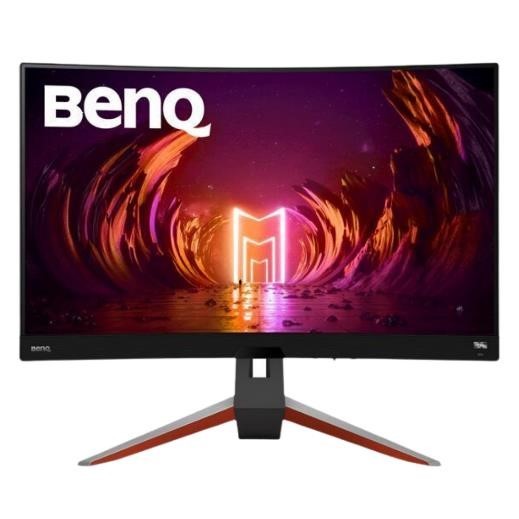
The proverbial golden standard of gaming monitors. The faster the better. While once 60Hz was fine, now monitors with hundreds of frames per second are normal. Higher refresh rate support on a screen does many things. Games and the desktop become responsive and fluid. Your graphics card can fully express itself without being bottlenecked by a slow monitor. And overall input lag is reduced because the monitor refreshes frames faster than you can press a button.
To be fair, you don’t need a crazy fast monitor, because most games demand a lot from GPUs and won’t run at 240Hz or 360Hz, except for titles like CS:GO or Rainbow Six
Siege. Considering PC and the current generation of consoles, most games operate in the 60Hz to 120Hz bandwidth, and thus a 144Hz or 165Hz monitor will serve you well with room to spare.
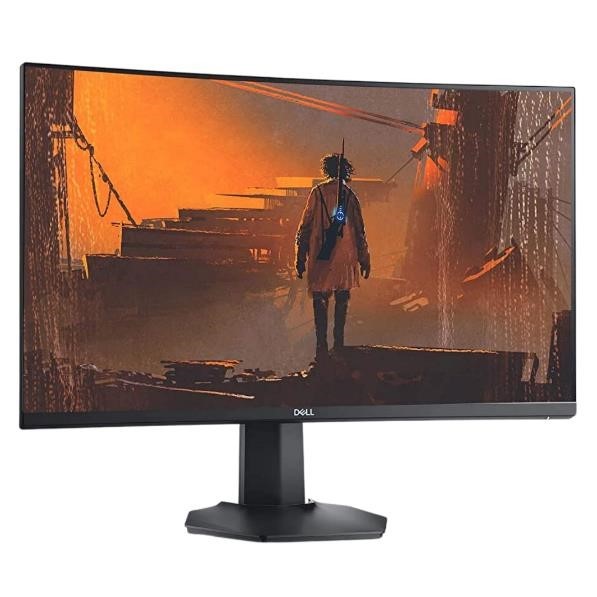
Together with refresh rate, a monitor’s response time determines how fluid and smooth your gaming experience will be. Any discrepancy between your graphics card and the monitor will cause stutter and tearing. And a monitor with slow response incurs greater input lag, which may become noticeable in-game, especially in fast paced titles.
Technologies like FreeSync and G-Sync, known as variable refresh rate, help sync your monitor with your GPU to avoid screen tearing. However, for total input lag (the time between you pressing a key or button and the corresponding action showing on-screen) you mostly depend on your monitor’s internal features.
Now, 60 Hz is considered the bare minimum, but there are many 144 Hz displays now on the market. This is highly recommended for serious gaming. You can tell the difference between 60 and 144 Hz, and this difference can help you improve your own response times. There are even 240 Hz monitors if you want to go for the top of the line, though it remains to be seen whether there is a benefit for average gamers.
Reiterating an earlier point—if your graphics and processing can’t reach these high frame rates, you won’t see the benefit by using a high-refresh-rate display. Make sure the entire graphics pipeline can support your resolution and refresh rates. You can always bump down resolution in settings to boost frame rates.
The notes:
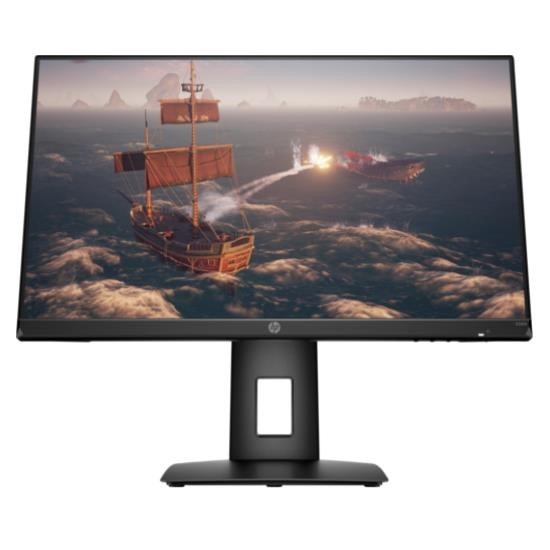
Most gaming monitors are flat, hence the term flat panel. They work great with any game genre and style, and are the default for the industry. This is a matter of personal taste, so we recommend you try a curved monitor before making your decision. The depth of the curve is expressed with a number followed by an R, for radius.
So a 1000R monitor is 1000mm edge to edge, 1900R is 1900mm and so on. The lower the number, the closer the edges and the more “aggressive” the curve.
With a curved monitor, the distance between your eyes and the monitor is more consistent across the entire width of the monitor. Additionally, the viewing angle is also more consistent across the whole width of the monitor. These two factors can result in a more immersive experience.
Since curved monitors are almost always 21:9 ultrawide, they have a bigger field of view than their flat counterparts. This proves useful in any game or application, because you simply get more viewing per frame. Lower field of view (FOV) means needing to move the screen (and your head) around to see beyond the edges of the frame.
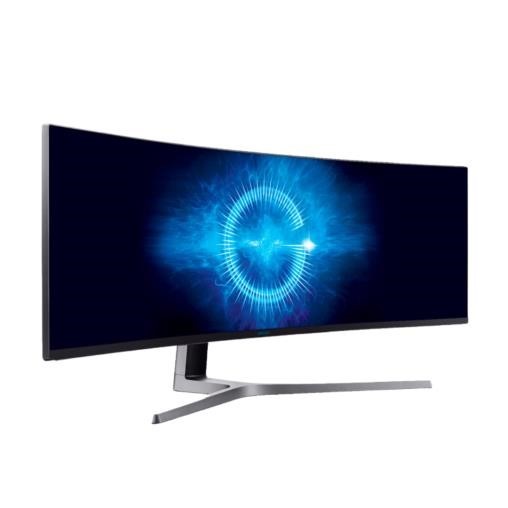
The best monitor size for your gaming setup depends on how far you’ll be sitting from your monitor and which resolution you want.
If you want to sit farther away from the monitor, you’ll probably want to get a larger one so that you can see all of the details.
Small monitors have the advantage of fitting more of the game into your field of view without having to move your eyes as much.
Large monitor can allow you to see more details of the game. They feel like you are immersed in the environment, like in a movie theater.
Any resolution higher than the optimal resolution listed below would not be noticeable. For this reason, it likely wouldn’t be worth the extra added cost. For example, you’ll have the best experience if you get a 27-inch monitor with a 1440p or 4K resolution. Verify that your computer is capable of handling the higher resolution. If you’re a console gamer, the PS5 and Xbox Series X can both support 4k resolution.
